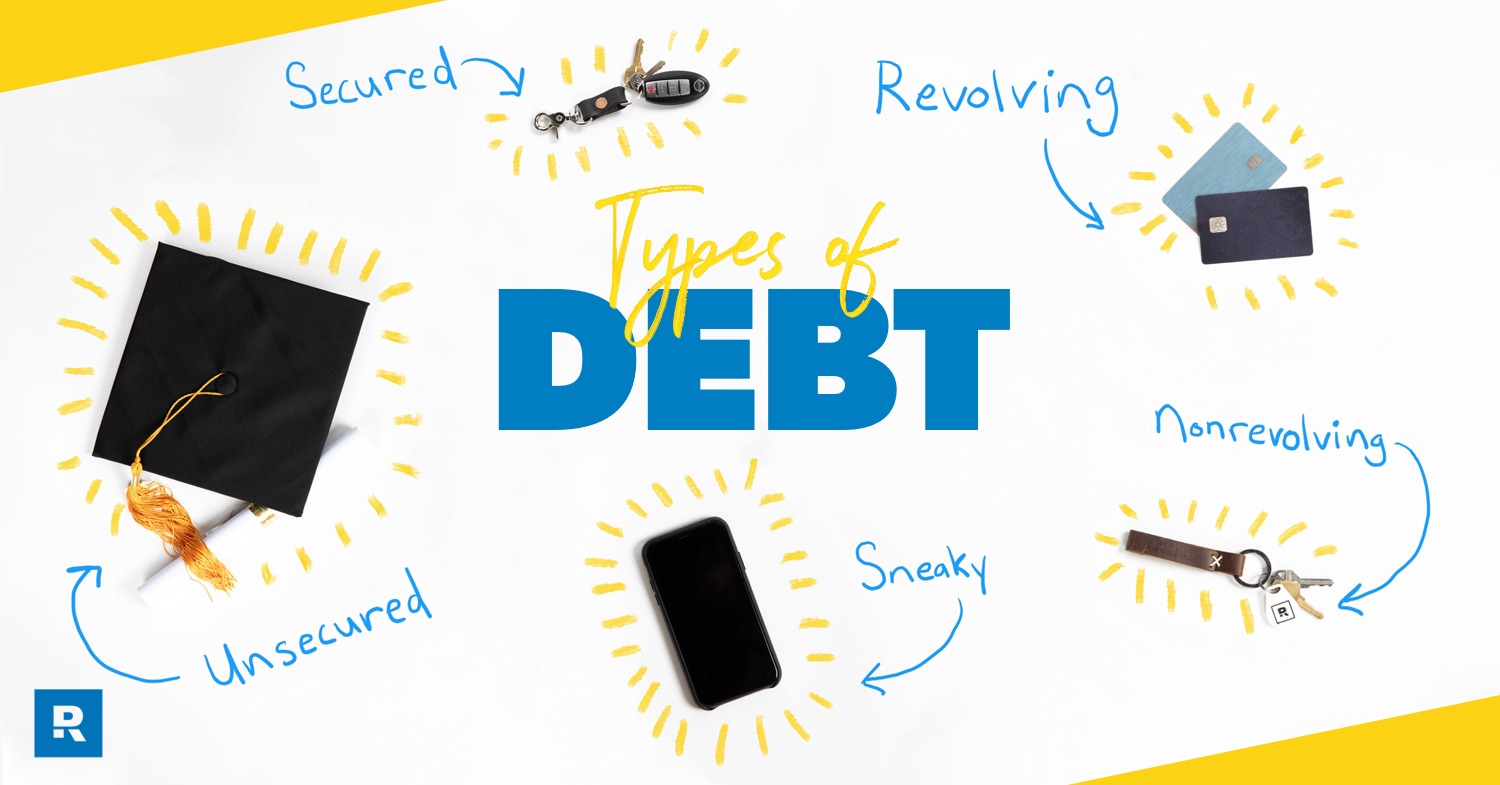Understanding the various types of debt is crucial for financial literacy and effective debt management. This exploration aims to demystify the complex world of borrowing and provide insights into managing financial obligations wisely.
This blog post delves deep into the classifications and characteristics of different debt forms, aiming to empower readers with the knowledge to make informed decisions about their finances.
Introduction to the Diverse Types of Debt
The term “types of debt” encompasses a wide array of financial obligations people and organizations might incur. From loans to acquire homes or education, to credit cards used for daily expenditures, understanding these varieties is the first step towards sound financial planning.
Debt can be broadly categorized into secured and unsecured debt, with several subtypes under each category. Knowing the differences and how they can impact your financial health is essential.
Secured debt is linked to an asset, such as a house or car, which can be repossessed if payments are not made. Unsecured debt, like most credit card debt, does not involve underlying assets and often comes with higher interest rates due to the increased risk to the lender.
Understanding Secured Debt
Secured debts are those backed by collateral. Mortgages and auto loans fall under this category, offering lower interest rates but carrying the risk of losing the asset. They’re often considered a safer option for both lenders and borrowers.
With a mortgage, your home acts as collateral, thereby securing the loan for the lender. Similarly, an auto loan uses the vehicle you’re financing as security.
This type of debt may be more accessible to obtain because the lender has a way to recover their funds if the borrower defaults, making it a foundational element of major purchases for many individuals.
Delving Into Unsecured Debt
Unsecured debt doesn’t require collateral. This category includes credit cards, student loans, and personal loans. While more accessible, these debts often carry higher interest rates to compensate for the lender’s increased risk.
Credit card debt is a common form of unsecured debt, with its ease of use leading to high balances that can quickly accumulate interest.
Student loans, another prevalent form of unsecured debt, represent a significant financial challenge for many. Although they’re considered an investment in one’s future, the rising cost of education has made managing this type of debt increasingly difficult.
Revolving vs. Installment Debt
Another way to classify debts is by how they are repaid: through revolving credit or installment loans. Revolving credit allows you to borrow up to a certain limit, pay it off, and borrow again. Credit cards are the most common example.
Installment loans, on the other hand, are borrowed in a lump sum and repaid over time in fixed payments. Mortgages, auto loans, and student loans are types of installment debt.
Understanding the differences between these repayment methods is crucial for managing your debt effectively.
Commercial vs. Consumer Debt
Debt is not exclusive to individuals; businesses incur debt as well. Commercial debt is incurred by businesses to fund operations, acquire assets, or facilitate growth. This can include loans, bonds, or lines of credit.
Consumer debt, conversely, is taken on by individuals. It’s used for personal expenditures like buying goods, services, or covering living expenses. Understanding the implications of both can influence financial decisions in both the personal and professional realms.
Managing Your Debt Wisely
Regardless of the types of debt you have, adopting a strategic approach to debt management is essential. This might involve consolidating debts to secure lower interest rates, prioritizing high-interest debt for repayment, or creating a budget to track and control spending.
Professional financial advice can be invaluable in navigating the complexities of debt management and repayment. Don’t hesitate to seek help if you’re feeling overwhelmed.
Conclusion
Debt, in its various forms, is a fundamental aspect of modern financial systems. Understanding the different types of debt, how they work, and the best strategies for managing them is crucial for maintaining financial health. This guide has explored the key categories and offered insights into effectively handling your financial obligations. Remember, the goal isn’t just to manage debt but to leverage it in a way that enhances your financial wellbeing.
The journey towards financial literacy and independence is ongoing. Empower yourself with knowledge, and remember that managing the different types of debt wisely is a cornerstone of financial stability. Keep exploring, learning, and applying what you’ve learned to cultivate a healthy financial future.


